Chapter 0: Introduction: The Nature of Science and Physics - Review Terms
1/40
There's no tags or description
Looks like no tags are added yet.
Name | Mastery | Learn | Test | Matching | Spaced |
|---|
No study sessions yet.
41 Terms
Physics
The study of the interactions of energy, matter, space, and time, and the fundamental mechanisms underlying every phenomenon.
Law of Conservation of Energy
A principle stating that energy can change form but is never lost.
Model
A representation of something that is often too difficult or impossible to display directly, justified with experimental proof and accurate under limited situations.
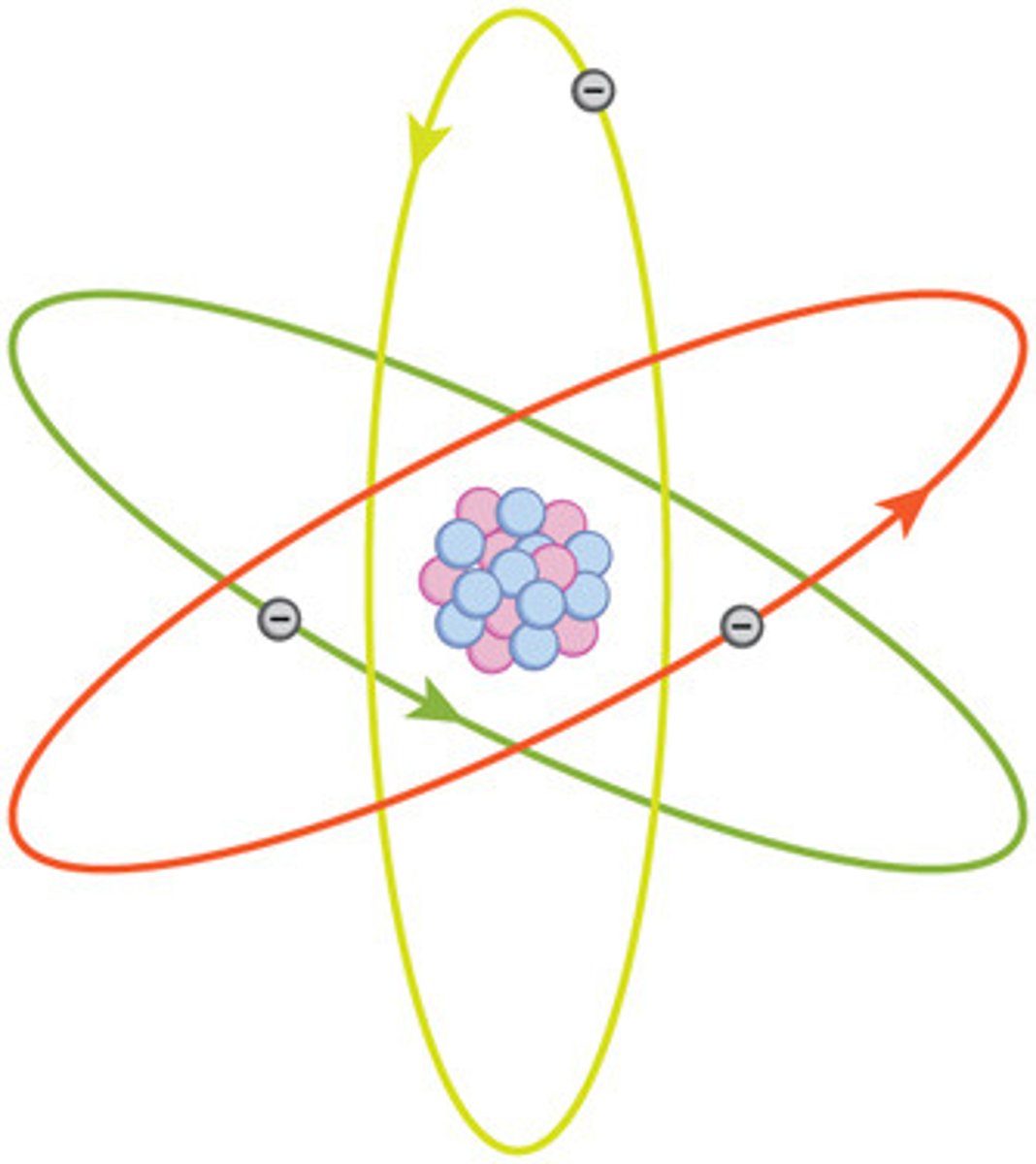
Theory
A testable explanation for patterns in nature supported by scientific evidence and verified multiple times by various groups of researchers.
Law
A concise description of a generalized pattern in nature supported by scientific evidence and repeated experiments, often expressed in a single mathematical equation.
Principle
A less broadly applicable statement than a law, such as Pascal’s principle, which is applicable only in fluids.
Scientific Method
A process that typically begins with an observation and question, followed by research, hypothesis formulation, experimentation, and conclusion drawing.
Classical Physics
The branch of physics developed from the Renaissance to the end of the 19th century, applicable under conditions of low speeds, large objects, and weak gravitational fields.
Modern Physics
The branch of physics that includes relativity and quantum mechanics, dealing with very fast and very small phenomena.
Relativity
A theory in modern physics used when an object is traveling at greater than about 1% of the speed of light or experiences a strong gravitational field.
Quantum Mechanics
A theory in modern physics used for objects smaller than can be seen with a microscope.
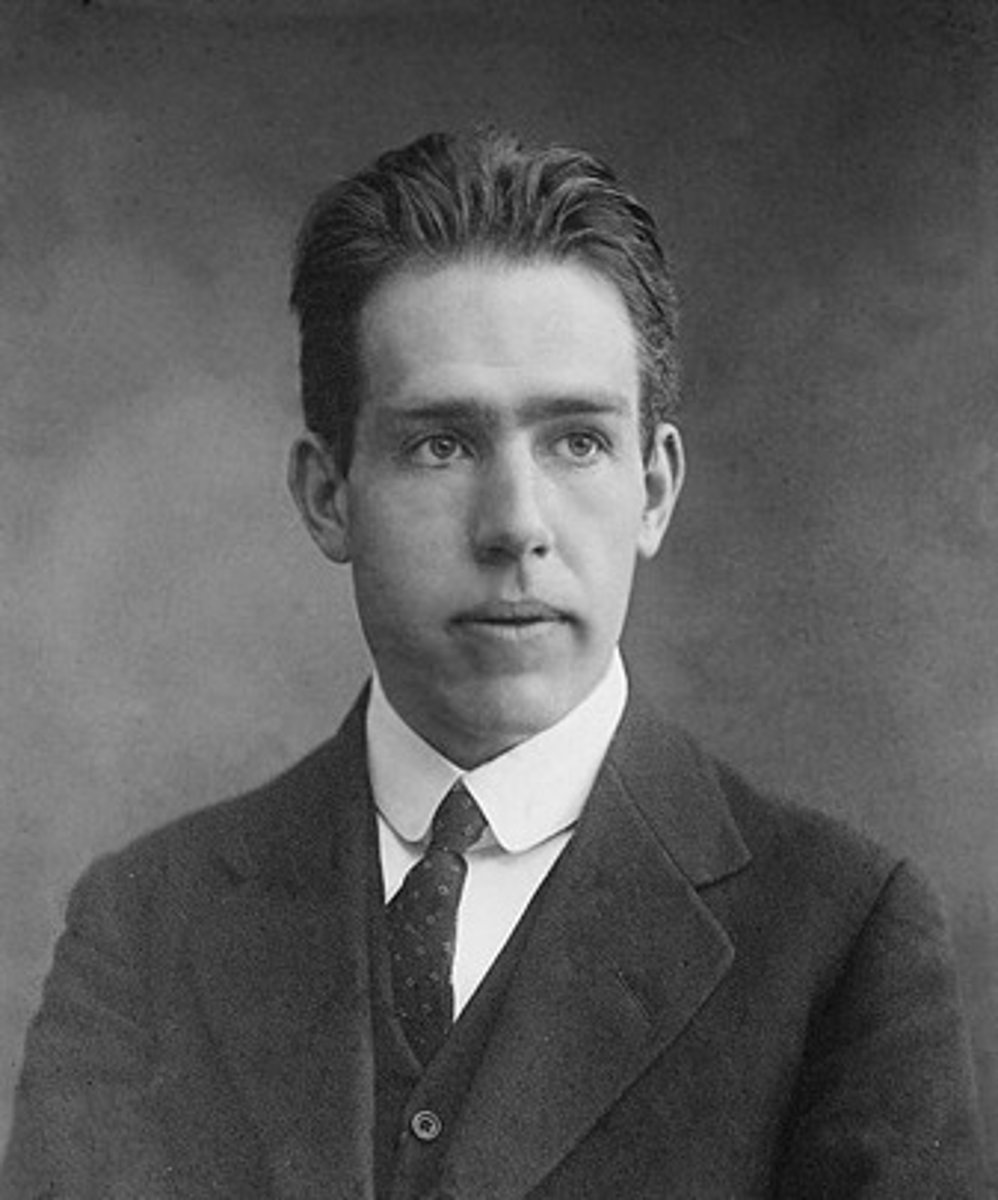
Relativistic Quantum Mechanics
The combination of relativity and quantum mechanics, describing the behavior of small objects traveling at high speeds or experiencing a strong gravitational field.
Experimentation
The cornerstone of discovering natural laws, involving observation, data collection, and analysis to formulate models, theories, and laws.
Natural Philosophy
The study of nature, encompassing many fields including astronomy, biology, chemistry, physics, mathematics, and medicine, before the specialization into separate sciences.
Scientific Evidence
Objective evidence that supports scientific theories and laws, verified through repeated experimentation.
Physical Quantity
A physical quantity is defined by specifying how it is measured or by stating how it is calculated from other measurements.
SI Units
SI units, also known as the metric system, are the standard system of units agreed upon by scientists and mathematicians worldwide.
Fundamental SI Units
The fundamental SI units are meter (m) for length, kilogram (kg) for mass, second (s) for time, and ampere (A) for electric current.
Derived Units
Derived units are algebraic combinations of the fundamental units, such as speed, which is length divided by time.
Meter
The meter is the SI unit for length, defined as the distance light travels in a vacuum in 1/299,792,458 of a second.

Kilogram
The kilogram is the SI unit for mass, now defined in terms of the second, the meter, and Planck's constant.
Second
The second is the SI unit for time, defined as the duration of 9,192,631,770 vibrations of a cesium atom.
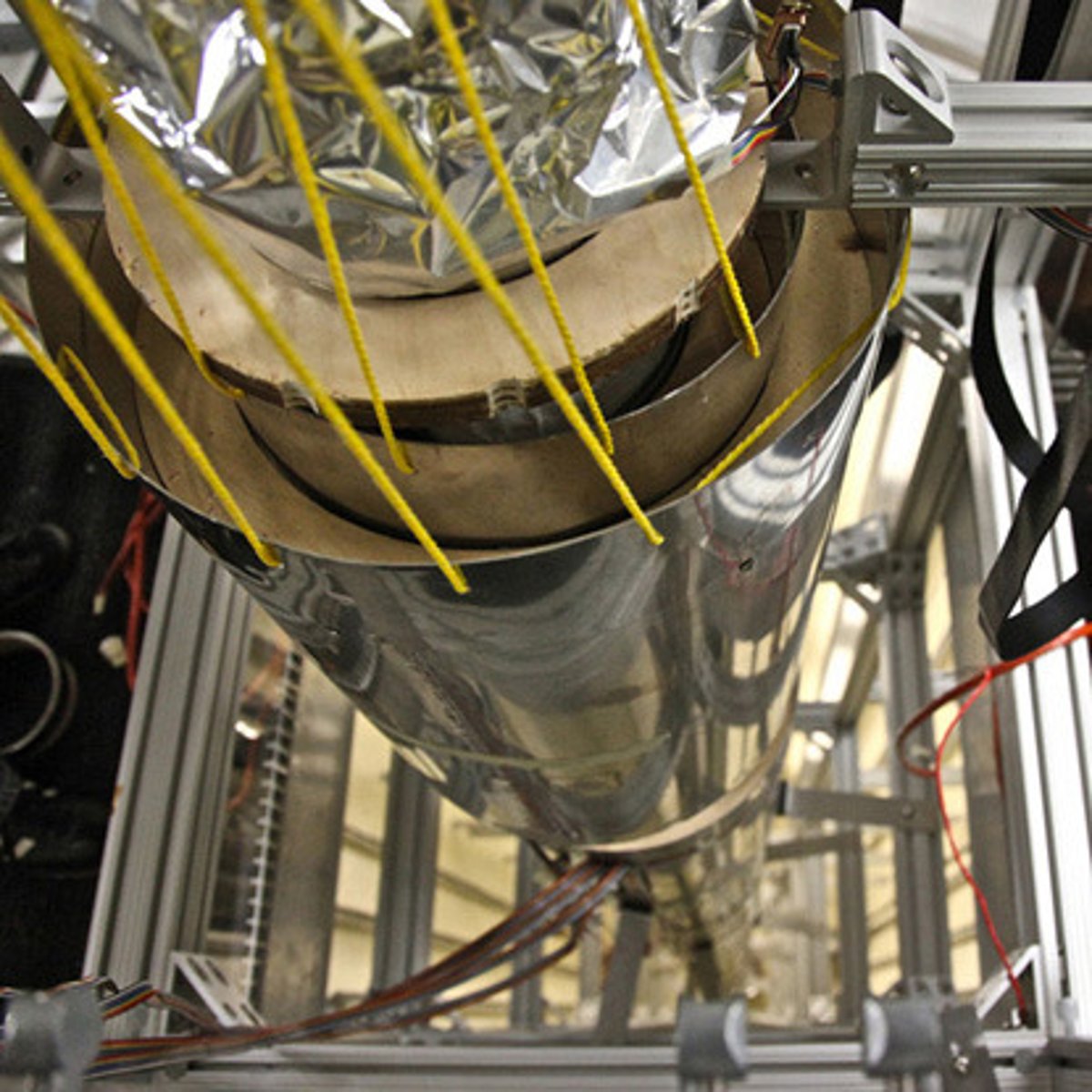
Metric Prefixes
Metric prefixes are symbols used to denote various factors of 10, such as kilo (k) for 10^3 and milli (m) for 10^-3.
Order of Magnitude
Order of magnitude refers to the scale of a value expressed in the metric system, indicating powers of 10.
Unit Conversion
Unit conversion involves changing a measurement from one unit to another using a conversion factor.
Conversion Factor
A conversion factor is a ratio expressing how many of one unit are equal to another unit, used in unit conversions.
English Units
English units, also known as the customary or imperial system, are used primarily in the United States.
Microscopic Standards
Microscopic standards refer to basing measurement standards on microscopic objects and fundamental physical phenomena.
Nonstandard Units
Nonstandard units are units not commonly used in scientific contexts, such as a firkin for volume.
Dimensional Analysis
Dimensional analysis is a method to convert one kind of unit to another using conversion factors.
Accuracy
How close a measurement is to the correct value for that measurement.
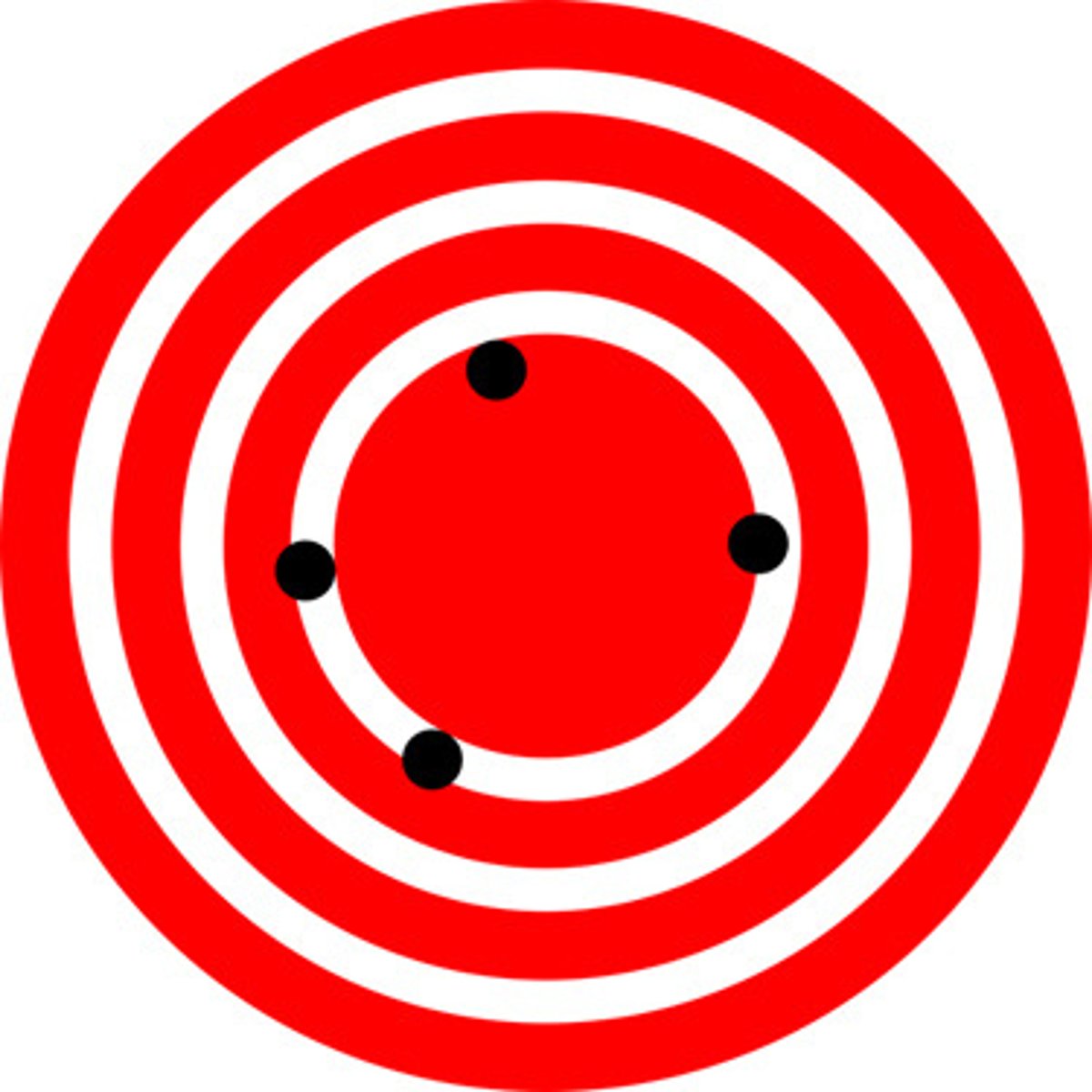
Precision
How close the agreement is between repeated measurements under the same conditions.
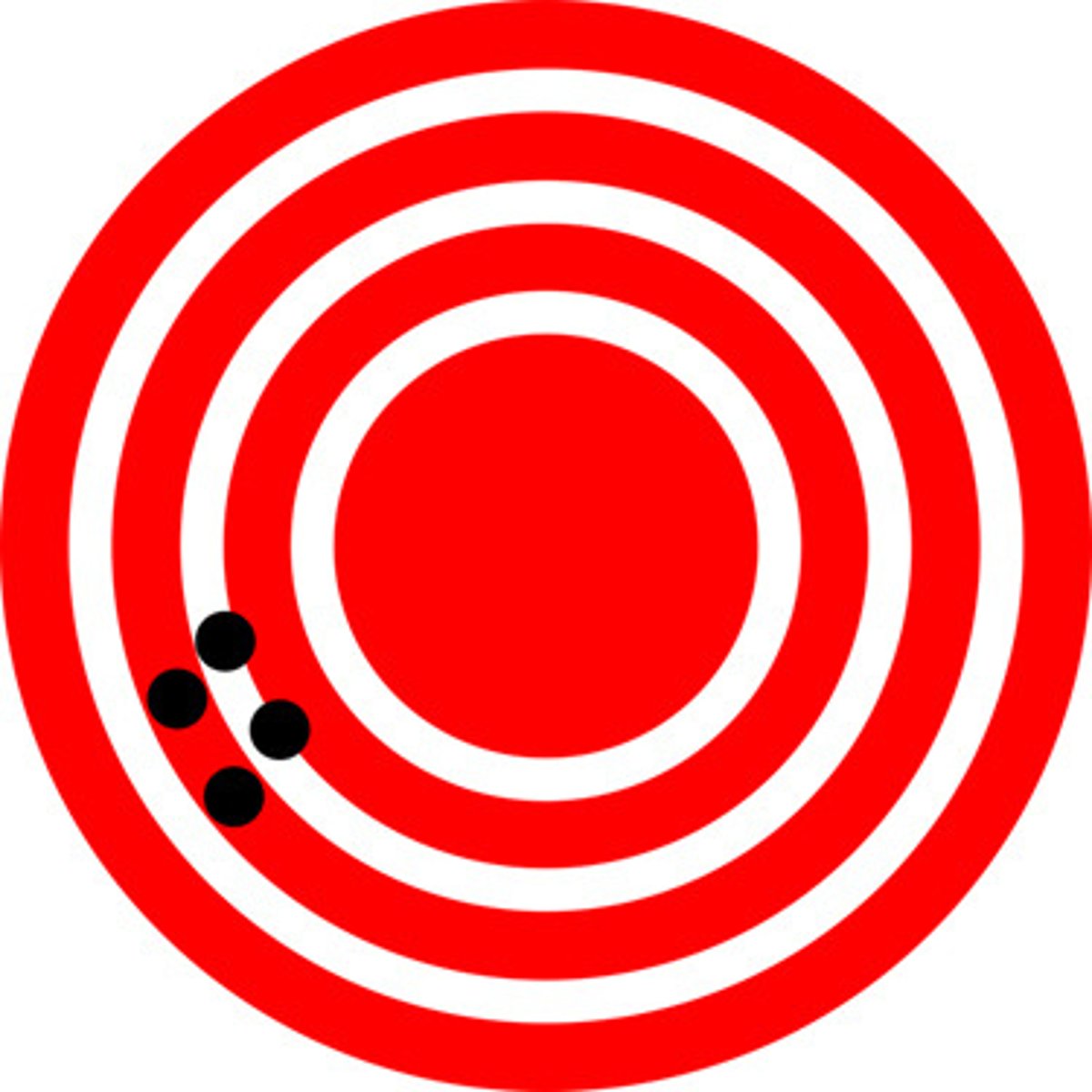
Uncertainty
A quantitative measure of how much measured values deviate from a standard or expected value.
Percent Uncertainty
The uncertainty of a measurement expressed as a percentage of the measured value, calculated as (δA/A)×100%.
Significant Figures
Digits in a measurement that are known with certainty plus the first uncertain digit.
Significant Figures in Multiplication and Division
The result should have the same number of significant figures as the quantity with the least significant figures entering into the calculation.
Significant Figures in Addition and Subtraction
The answer can contain no more decimal places than the least precise measurement.
Factors Contributing to Uncertainty
Include limitations of the measuring device, skill of the person making the measurement, irregularities in the object being measured, and other situational factors.
Zeros in Significant Figures
Zeros are significant except when they serve only as placekeepers.
Exact Numbers
Numbers that are known with complete certainty and do not affect the number of significant figures in a calculation.
Scaling
A method of estimating a larger or smaller quantity by using a known quantity as a reference.